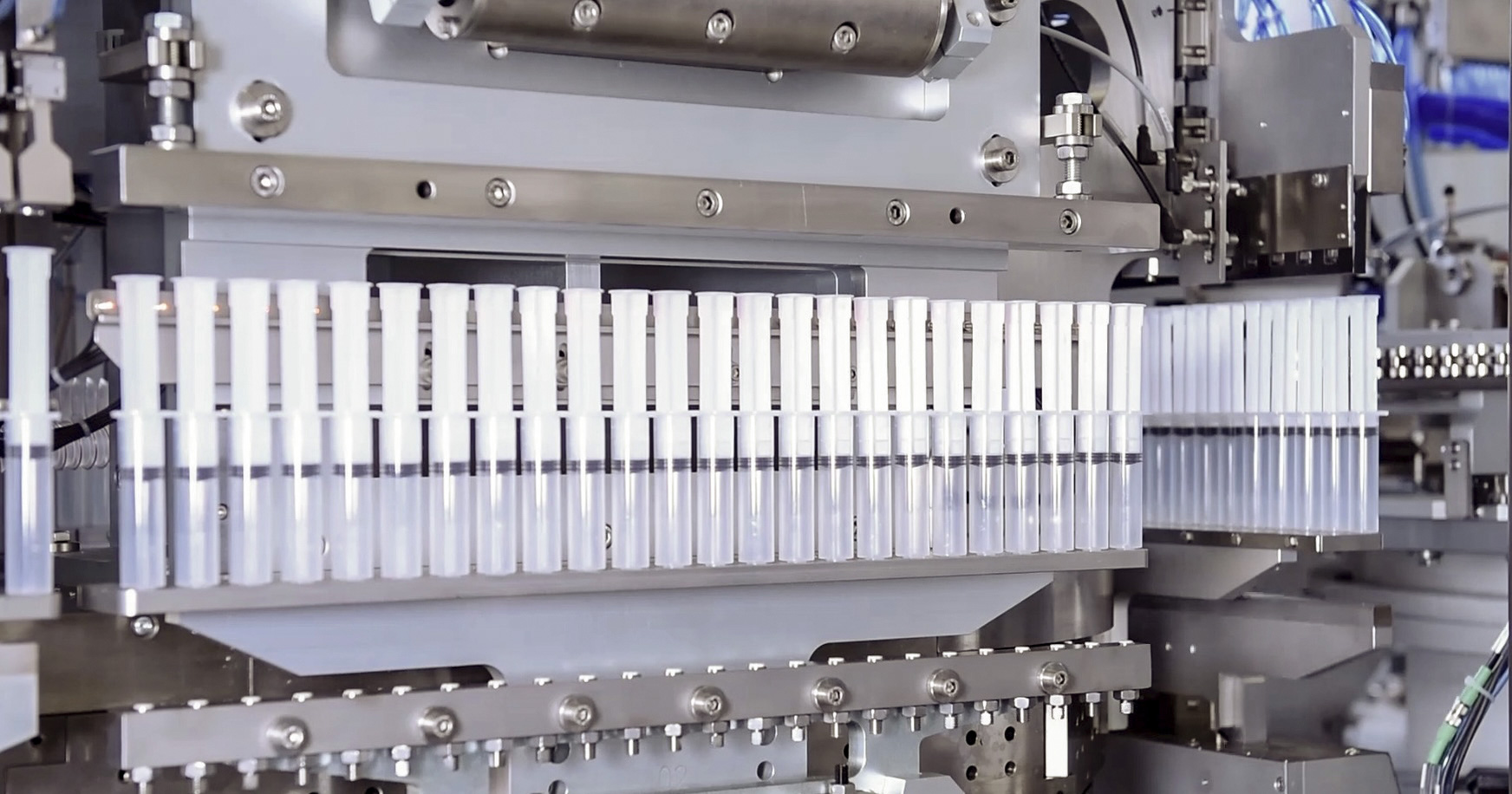Drug Development & Delivery - 09/2021
SPECIAL FEATURE – Designing Simplicity, Safety, & Adherence Into One Delivery System
The global injectable drug delivery devices market is expected to show significant growth in the coming years as manufacturers introduce technological advancements and product innovation meant to improve convenience, compliance, and ease of administration of parenterals. Additionally, the increasing preference for at-home self-injection is driving the market as patients prefer to continue to avoid healthcare settings post-COVID. With all of this taken into ac count, one market study predicts the global market to reach almost $26 billion by 2025, up from $15 billion in 2020. However, another report values the global market at $42.76 billion in 2021 and expects it to reach $50.9 billion in 2025.
How the numbers will play out is yet to be determined, but the studies do highlight the focus on single-use and reusable systems. Disposable-use prefilled syringes (PFS) are increasingly used due to the prevalence of chronic diseases and the growing number of biologics best delivered by syringes. Single-use autoinjectors are also poised to experience increased demand, particularly with the growing pervasiveness of anaphylaxis disorders. Autoinjectors also provide a convenient alternative to manual syringe injections for subcutaneous administration.
But their reusable brethren, such as pen injectors with prefilled cartridge, are also proving viable syringe alternatives. These injectors can per form hundreds of injections, with patients controlling the speed of delivery to minimize pain or discomfort during use.
“Making injection devices partially reusable is a cost-saving strategy,” says William Fortina, Business Development Director, Duoject Medical Systems. “Ideally, the device’s mechanism and/or electronics are the reusable parts of the system – as these are often the costliest – and the drug containers and needle are one-time use.”
Another cost-saving strategy that several large pharmaceutical companies are deploying is to develop a de vice platform for multiple drug products in their portfolio, says Mr. Fortina. “This allows them to spend re sources on a single significant development program, for one optimal injection device, which then requires minimal customization for each subsequent product line.”
Despite efforts to make better, safer, simpler injection devices, patient adherence is still a challenge associated with self-administration. This has resulted in the emergence of smart devices, such as wearable injectors, which share patient data with health care providers to ensure compliance. And while it is expected this sector will continue to grow, some industry insiders warn against making these devices to intrusive
“Smart devices, interconnectivity, and related technology provide real time data to healthcare providers for analysis, but these device additions should not increase risks, including patient understanding of treatment delivery, or jeopardize compliance,” says Michael Denzer, Vice President of Technical Solutions at Kymanox. “Data collection needs to be “passive” to the patient. In other words, invisible to the patient’s use of the device so that the collected data provides a true benefit to the end user. If these design considerations can be implemented without impacting the patient or how they ad minister and receive treatment, then smart devices can provide advantages to the patient and the industry.”
This annual Drug Development & Delivery report takes a deep dive into the myriad injectables that are either currently in development or recently introduced to the market.
Kahle Automation: Custom Equipment for Various Injection Devices
According to Julie Logothetis President of Kahle Automation, regardless of design and safety advances, the needle and syringe play an integral role in drug delivery from low dead space designs that maximize the dosing of the COVID- 19 vaccine to auto-retractable syringes and unique new injection device designs that provide for economic self-contained devices that allow vaccine injections that can be easily distributed worldwide and meet single-use injection requirements.
Kahle Automation has been designing and building custom high speed automation equipment for multiple injection device projects, providing solutions that assemble devices from 10ppm to 700ppm with completely validated manufacturing and packaging systems to meet the de mands of the industry. Current projects include micro-injection devices for ocular injections, low-dead-space safety needles and syringes, auto-re tractable syringes that self-destruct once the injection is delivered, and glass syringes that allow for the drug and the delivery system to be combined into one device.
Article excerpt sourced from drug-dev.com, read the full article in: SPECIAL FEATURE – Injection Devices: Designing Simplicity, Safety & Adherence Into One Delivery System
